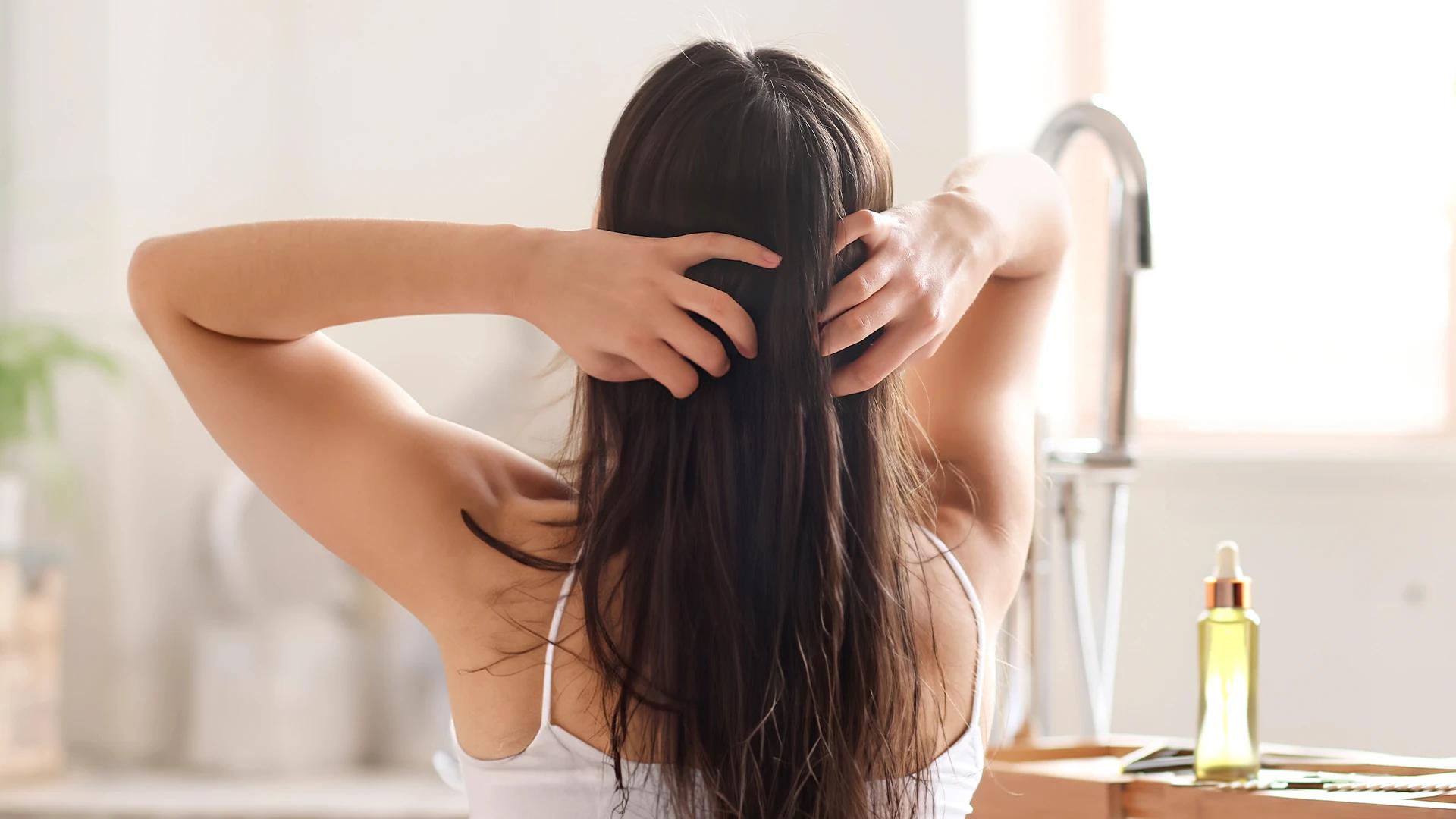For best results, use your oil 2-3 times per week. Leave it on for at least 30 minutes, or overnight for deeper conditioning. Consistency is key—regular use yields better results than occasional intensive treatments.
Additional Tips for Maximising Hair Oil Benefits
Your hair oil works best as part of a holistic approach to hair health. Combine it with gentle scalp massage techniques using your fingertips, not nails. A balanced diet rich in proteins, vitamins, and minerals supports hair growth from within. Stay hydrated, manage stress levels, and avoid tight hairstyles that pull on your roots. Sleep on silk pillowcases to reduce friction, and be gentle when brushing wet hair.
Tracking Your Progress
Results don't happen overnight, but you can monitor improvements along the way. Take photos of your hairline and any thinning areas monthly. Notice changes in hair texture, shine, and manageability after 4-6 weeks of regular use. Reduced hair fall in your brush and shower drain is often the first sign of improvement. New hair growth typically becomes visible after 2-3 months of consistent use.
Frequently Asked Questions
Can I use this DIY hair oil if I have an oily scalp?
Absolutely! Choose lighter base oils like jojoba or argan, and focus application on hair lengths rather than the scalp. Use less oil overall and wash out after 30 minutes instead of leaving overnight.
How long should I leave the oil in my hair?
Minimum 30 minutes for basic nourishment, 2-3 hours for deeper conditioning, or overnight for intensive treatment. Your hair type and schedule determine what works best.
Are there any side effects of using this DIY hair oil?
Natural oils are generally safe, but patch test essential oils first. Some people experience temporary increased shedding initially as weak hairs fall out to make room for stronger ones.
Can I use this oil for other hair concerns like dandruff?
Yes! Tea tree oil added to your blend helps with dandruff, whilst lavender soothes irritated scalps. Adjust ingredients based on your specific concerns.
Is this DIY hair oil suitable for all hair types?
Definitely, but ingredient ratios may vary. Fine hair needs lighter oils and smaller quantities, whilst thick, coarse hair benefits from richer formulations.
Final Thoughts
Creating your own hair oil for hair fall puts you in control of your haircare journey. This natural approach works with your hair's biology rather than against it, providing the nourishment your scalp craves. Remember, consistency beats intensity—regular use of your custom blend will yield better results than sporadic treatments. Your hair's transformation won't happen overnight, but with patience and persistence, you might just discover your new favourite haircare ritual. The best part? You'll know exactly what's going into your hair, and your scalp will thank you for it.

 100 ml
100 ml 100 ml
100 ml 100 ml
100 ml 200 ml
200 ml